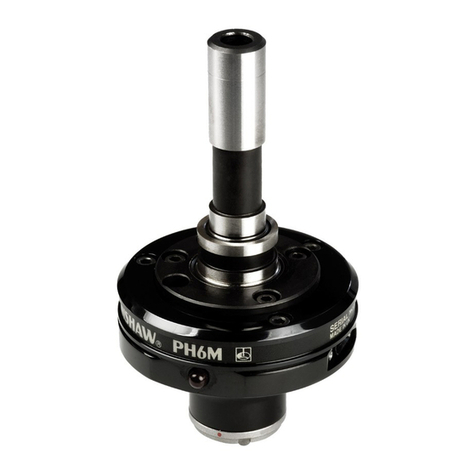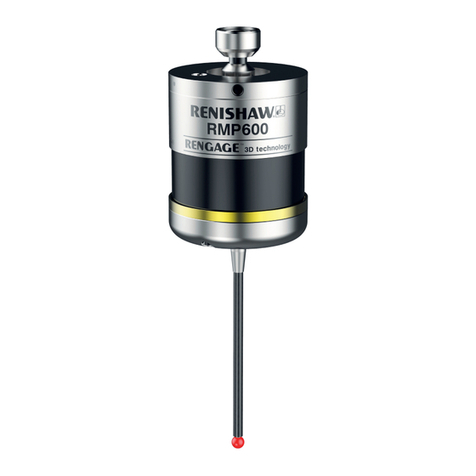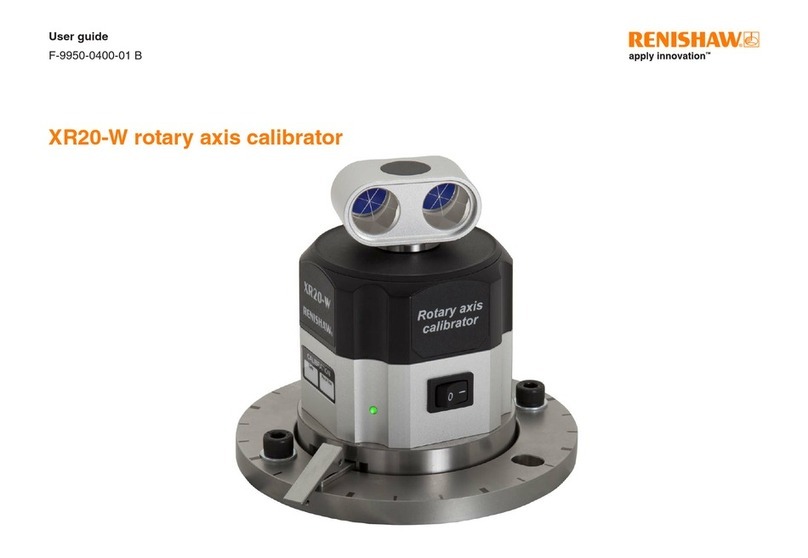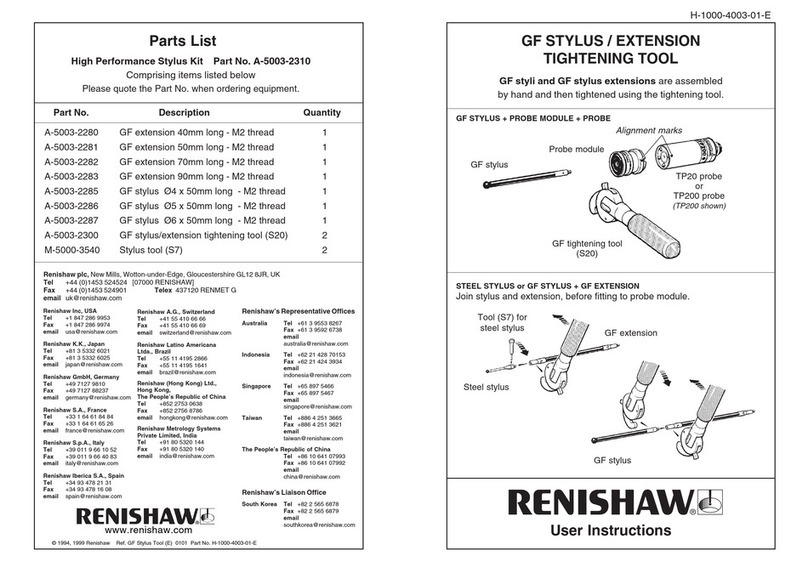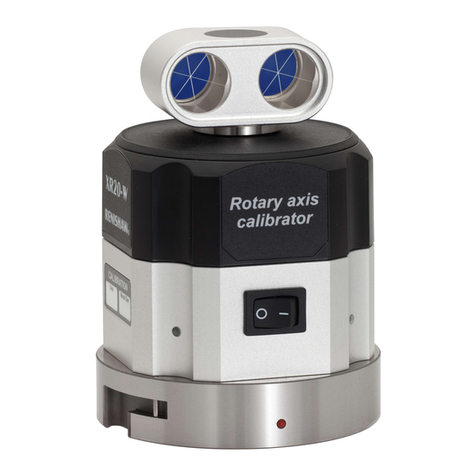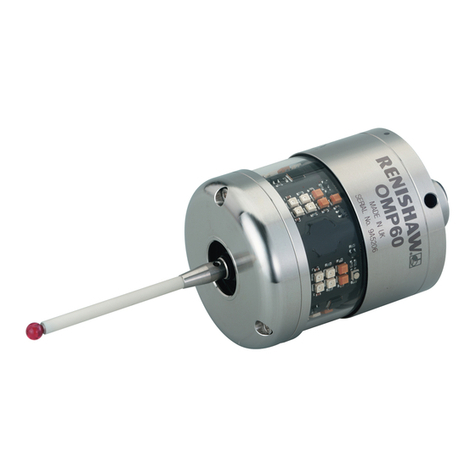3
Care of equipment
Your Renishaw probe and accessories are precision instruments. Please use and
maintain the products in accordance with these instructions. Retain the transit box for
storing the components when not in use.
CAUTION: The TP200 probe contains sensitive strain sensors. Permanent
damage may be caused if the probe is dropped or subjected to severe shock
as may be caused by misuse.
Changes to Renishaw products
Renishaw plc reserves the right to improve, change or modify its hardware or software
without incurring any obligations to make changes to Renishaw equipment previously
sold.
Warranty
Renishaw plc warrants its equipment provided that it is installed exactly as defined in
associated Renishaw documentation.
Consent must be obtained from Renishaw if non-Renishaw equipment (e.g. interfaces
and/or cabling) is used or substituted. Failure to comply with this will invalidate the
Renishaw warranty.
Claims under warranty must be made from authorised services centres only, which may
be advised by the supplier or distributor.
Patents
Aspects of the TP200 system and aspects of similar systems are the subjects of the
following patents and patent applications:
EP 0243766 JP 2,545,082 US 4813151 US 5,755,038
EP 0388993 JP 2,539,824 US 4817362 US 5,918,378
EP 242747 B JP 2,647,881 US 4916339 US 6012230
EP 279828 B JP 3,004,050 US 5,228,352
EP 0470234 JP 3,346,593 US 5,327,657
EP 0521703 JP 3,294,269 US 5,404,649
EP 548328 B JP 3,279,317 US 5,339,535
EP 566719 B JP 2,510,804 US 5,323,540
EP 0501710 JP 3,634,363 US 5,505,005
EP 0641427 JP 3,018,015 US 5,671,542
EP 0392660 JP 3,546,057 US 4769919
EP 0740768 US 5,088,337 WO 97/35164
Care of equipment













